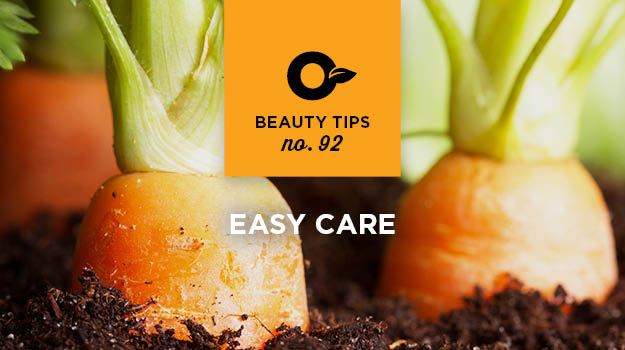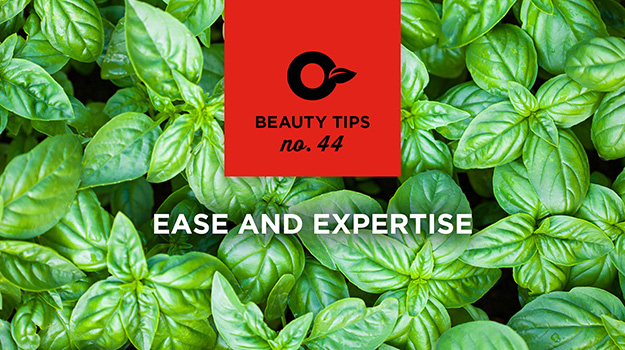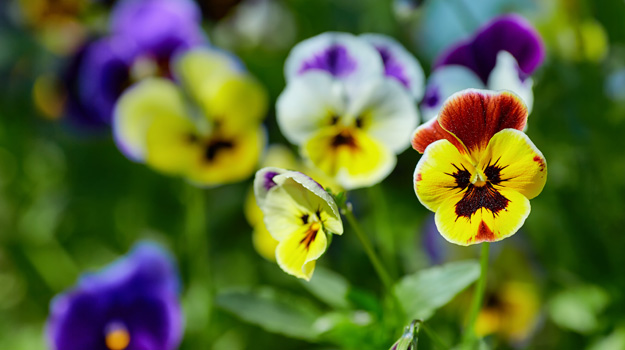
June is a great time to get out in the garden. The days are getting warmer but the heat isn’t unbearable and working outdoors is pleasant. You can get a lot done when the days are getting longer, but be sure to allow time to sit back and relax now and then.
You may not need a reminder of the many tasks that need doing in June, but the following will provide some direction to your days:
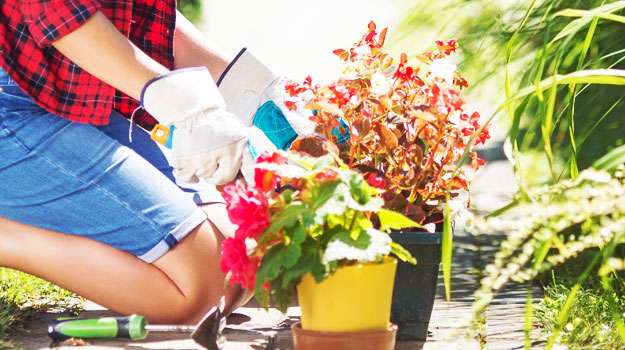
- Deadhead wilted flowers regularly to promote continued blooming.
- Similarly, deadhead spring-blooming shrubs to encourage strong growth and beautiful blooms next year.
- Cut back spring-blooming perennials after flowering; you may get a second flush of blooms.
- Plant tender bulbs like canna and gladiolas.
- June should be warm enough for planting begonias, impatiens and other frost-tender annuals.
- Plant containers, window boxes and hanging baskets.
- Plant new perennials in beds or containers before it gets too hot.
- Pinch back geraniums and fuchsia to promote full, bushy growth.
- Check containers daily. Potting mix dries quickly when the weather gets warmer.
- Feed annuals every couple of weeks, using a balanced, water-soluble fertilizer.
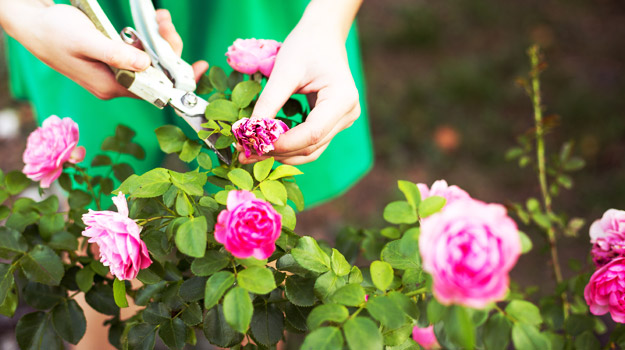
- Cut lots of flowers for enjoying indoors.
- Deadhead wilted roses.
- A little extra mulch around shallow-rooted shrubs like rhodies and azaleas will keep the roots moist and conserve water.
- Trim conifers lightly, but never cut back to bare wood.
- Plant cucumbers and squash seeds outdoors about two weeks after the last average frost.
- Buy tomato transplants if you prefer not to grow tomatoes from seed. Look for short, stocky, bushy plants. When it comes to tomatoes, taller isn’t better.
- Start picking rhubarb. Freeze some for pies and sauces.
- Harvest garlic when the tops bend over and turn yellow.
- Feed tomatoes lightly every week, using an all-purpose fertilizer or a product formulated specifically for tomatoes.
- Earth up potato plants with soil or straw to prevent sunlight from damaging the tubers.
- Harvest new potatoes as they ripen.
- Start harvesting herbs to dry or freeze.
- Raise the blade on your mower to 3 or 4 inches (8 -10 cm.). Scalping stresses the grass when the days turn hot and dry.
- Water your lawn deeply and avoid shallow, frequent irrigation.
- Keep removing weeds as they appear. At this point, you may need a weed killer if weeds have gained the upper hand.
- Watch for powdery mildew. Spray with fungicide to prevent spread.
- Treat pests and diseases at the first sign of trouble.

